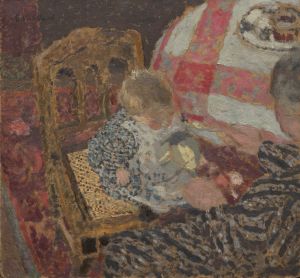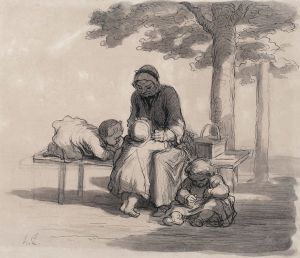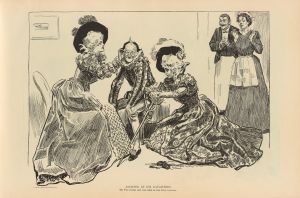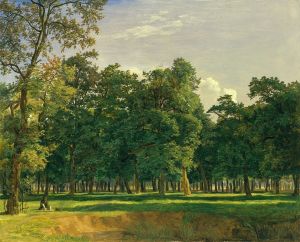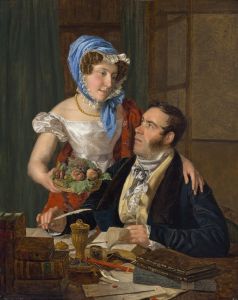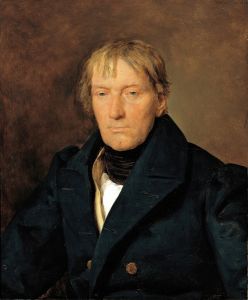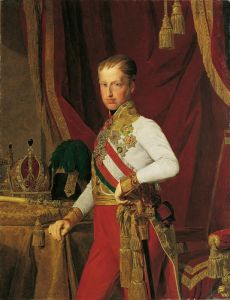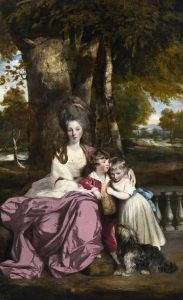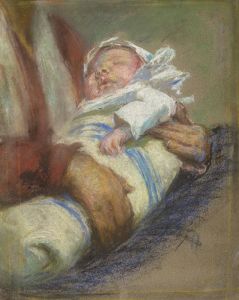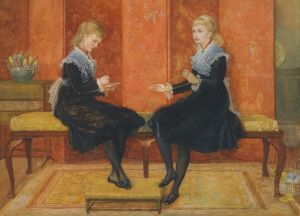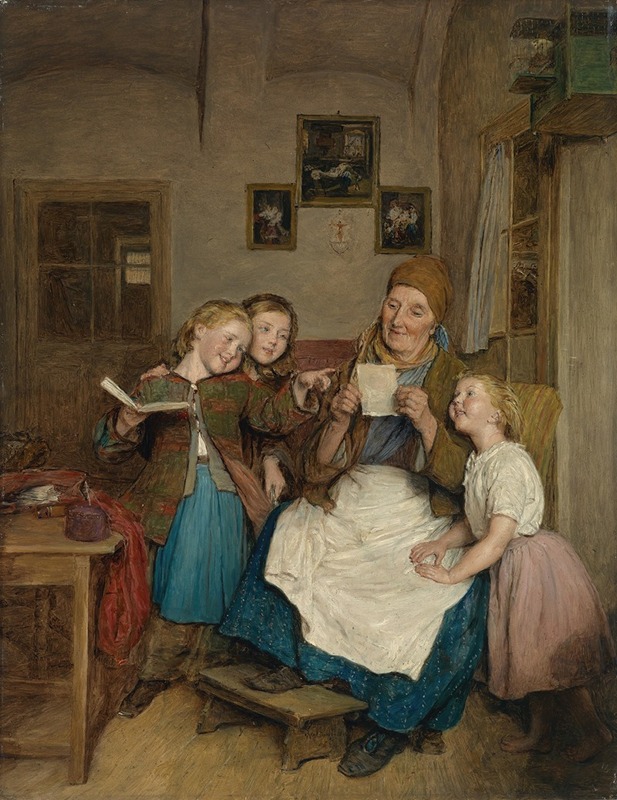
Großmutter mit drei Enkelkindern
A hand-painted replica of Ferdinand Georg Waldmüller’s masterpiece Großmutter mit drei Enkelkindern, meticulously crafted by professional artists to capture the true essence of the original. Each piece is created with museum-quality canvas and rare mineral pigments, carefully painted by experienced artists with delicate brushstrokes and rich, layered colors to perfectly recreate the texture of the original artwork. Unlike machine-printed reproductions, this hand-painted version brings the painting to life, infused with the artist’s emotions and skill in every stroke. Whether for personal collection or home decoration, it instantly elevates the artistic atmosphere of any space.
Ferdinand Georg Waldmüller was a prominent Austrian painter of the 19th century, known for his contributions to the Biedermeier period, which emphasized a realistic and detailed portrayal of everyday life. One of his notable works is "Großmutter mit drei Enkelkindern" (Grandmother with Three Grandchildren), which exemplifies his skill in capturing intimate family scenes with warmth and precision.
Waldmüller was born in Vienna in 1793 and developed his artistic skills at the Academy of Fine Arts in Vienna. He became renowned for his portraits, landscapes, and genre paintings, which often depicted the serene and idyllic aspects of rural and family life. His work is characterized by meticulous attention to detail, vibrant colors, and a keen observation of nature and human expressions.
"Großmutter mit drei Enkelkindern" is a fine example of Waldmüller's genre painting, where he focuses on the domestic sphere, a common theme in his oeuvre. This painting portrays a grandmother seated with her three grandchildren, capturing a moment of familial affection and generational connection. The composition is intimate, drawing the viewer into the scene as if they are part of the family gathering.
Waldmüller's technique in this painting reflects his mastery of light and shadow, which he uses to create depth and realism. The textures of the clothing, the expressions on the faces, and the gentle interaction between the figures are rendered with great care, showcasing his ability to convey emotion and narrative through visual art. The setting is likely a domestic interior, typical of the Biedermeier style, which often depicted middle-class life with a sense of comfort and stability.
The painting also reflects the cultural values of the time, emphasizing family, tradition, and the importance of the older generation in nurturing and guiding the young. This theme resonated with the Biedermeier period's focus on the home and family as central to social life, particularly in the aftermath of the Napoleonic Wars, when there was a desire for peace and normalcy.
Waldmüller's work, including "Großmutter mit drei Enkelkindern," is celebrated for its contribution to the development of 19th-century Austrian art. His paintings are housed in various museums and collections, reflecting his enduring legacy and influence on later artists. Waldmüller's attention to the nuances of everyday life and his ability to infuse his subjects with dignity and warmth have made his works timeless.
In summary, "Großmutter mit drei Enkelkindern" is a testament to Ferdinand Georg Waldmüller's skill as a painter and his ability to capture the essence of family life with authenticity and empathy. His work continues to be appreciated for its artistic merit and its reflection of the cultural and social values of his time.





